July has come and gone with its own showery flair! To celebrate this moisture-laden month, we have another chock-a-block summary of the month’s news filled with verdant wonders to leaf you utterly amazed. Check out the juicy highlights from our July below.
Project submissions
It has been a busy past few months and summer period for ourselves however, we are on the verge of being able to show you some of our developing projects. In the meantime, we can reveal a competition we have submitted in collaboration with Acme Architects. Surrounded by immense international design talent, we are fortunate to be selected in the winning teams for Muslim Academy, Heidelberg! Below you can find a brief description of the proposal
“Muslim Academy is a place for education, cultural exchange and insight into Islamic history. A powerful arch structure anchors the building, with arches and vaults clad in Heidelberg sandstone, in red hue characteristic of the local cityscape. Inside and outside
spaces flow, as the difference in levels is used creatively to integrate steps in the foyerwith auditorium, exhibitions, restaurant and café at ground level. Throughout, academy gardens create moments of pause between various functional areas of education, work, sleep and prayer. The upper volumes and internal gardens are unified by the building facade, an ornamental geometric perforated metal skin which allows light in and facilitates illumination at night.”
Watch this space as Acme and the other contestant’s progress to the second round of the design competition.
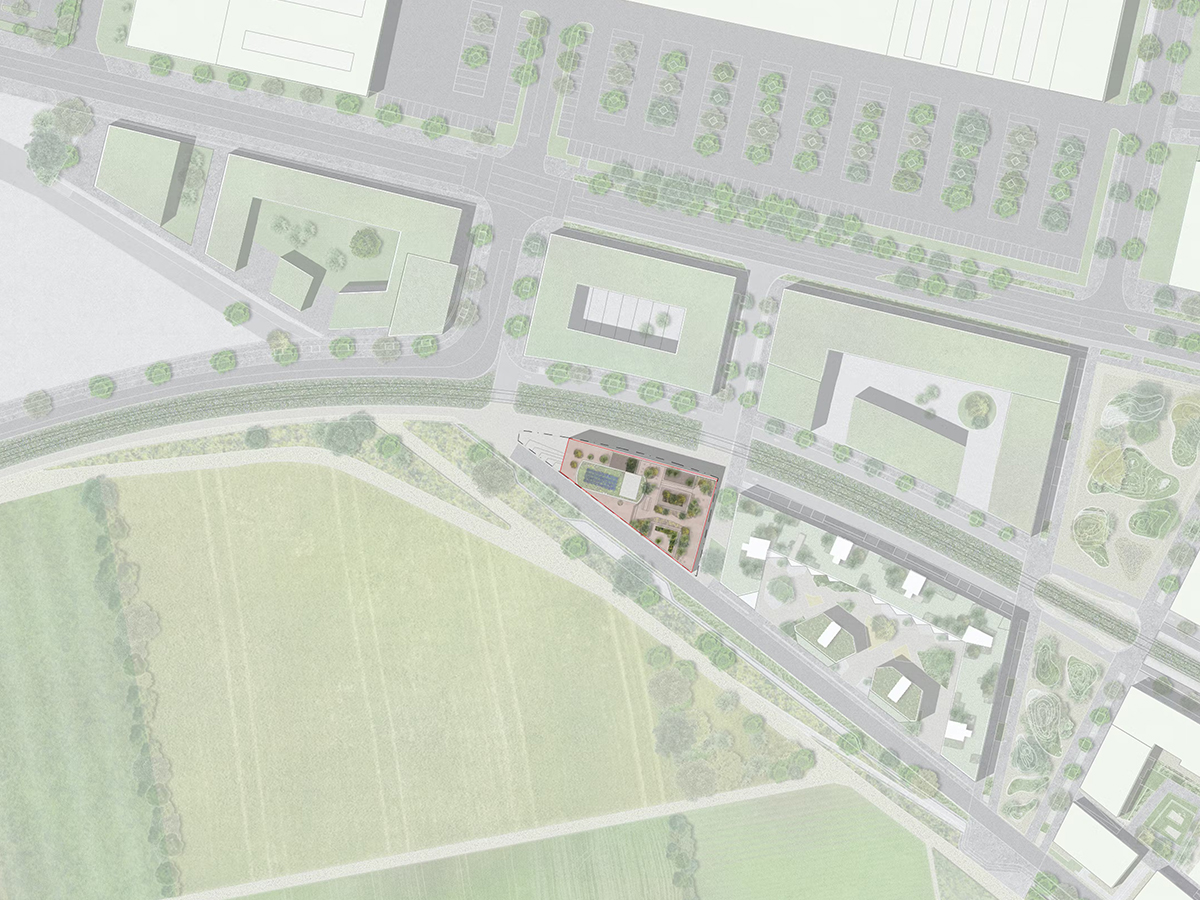
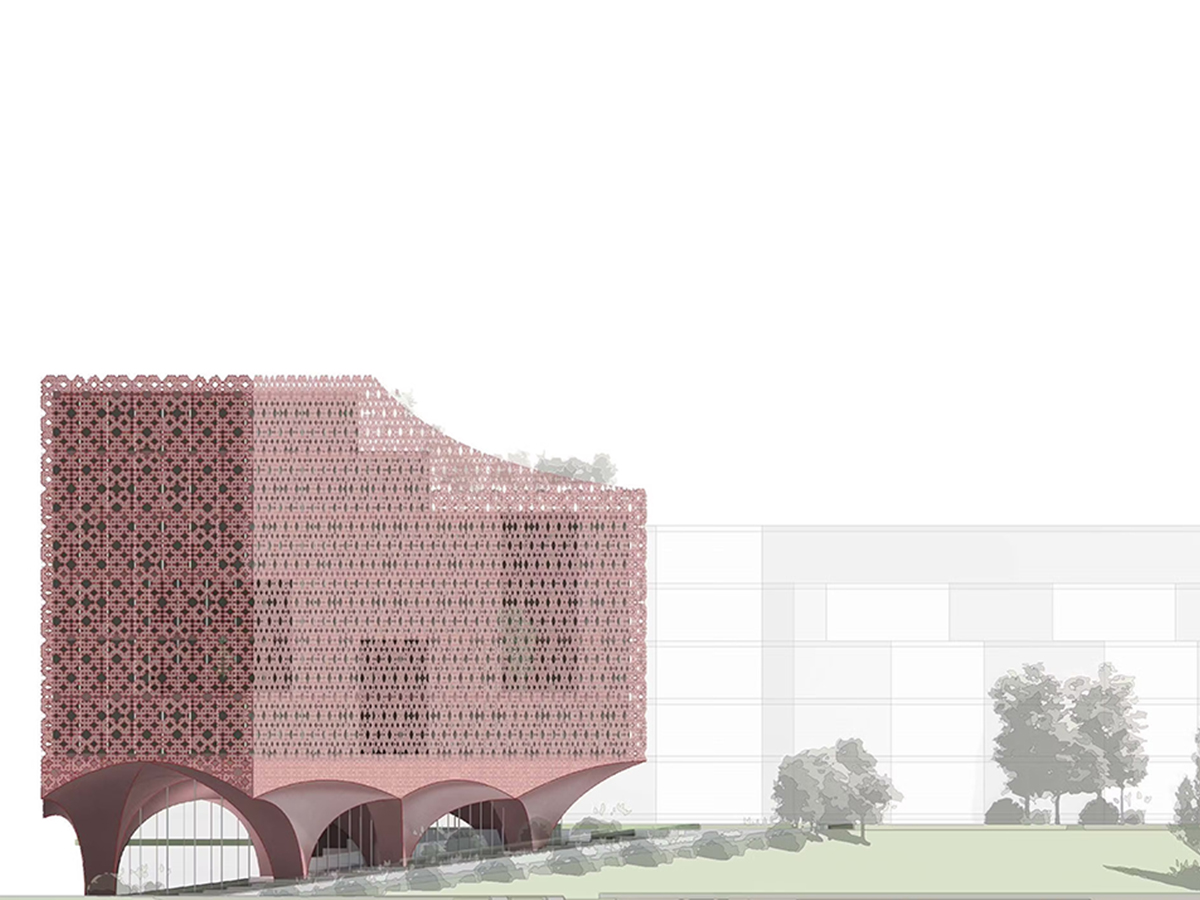
Office outings
Knepp Estate – Summer outing
Spacehub decided to take a break from our projects for a day, heading out on a summer outing to visit Knepp Estate, a vast wildland situated in the heart of the West Sussex countryside. With its sprawling landscapes and rich biodiversity, the estate stands as an example of nature’s resilience, restoration and is the first major lowland rewilding project in England. Once a traditional agricultural land, Knepp Estate underwent a remarkable transformation into a thriving and self-sustaining ecosystem. Embracing a ground-breaking rewilding approach, the estate’s owners let nature take the reins, allowing flora and fauna to reclaim. The day out offered us an opportunity to refresh, rethink and rejuvenate our thoughts and ideas regarding the concept of rewilding and natural capital.
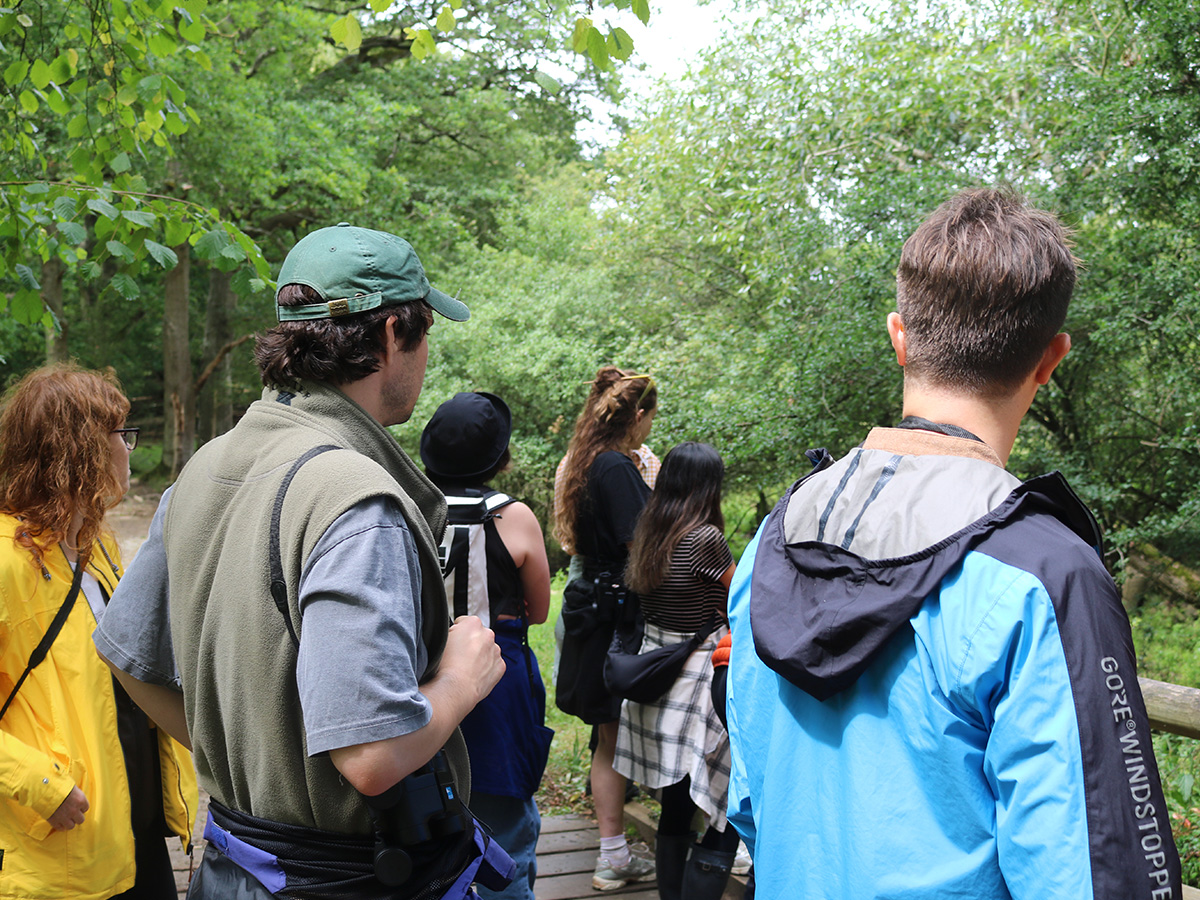
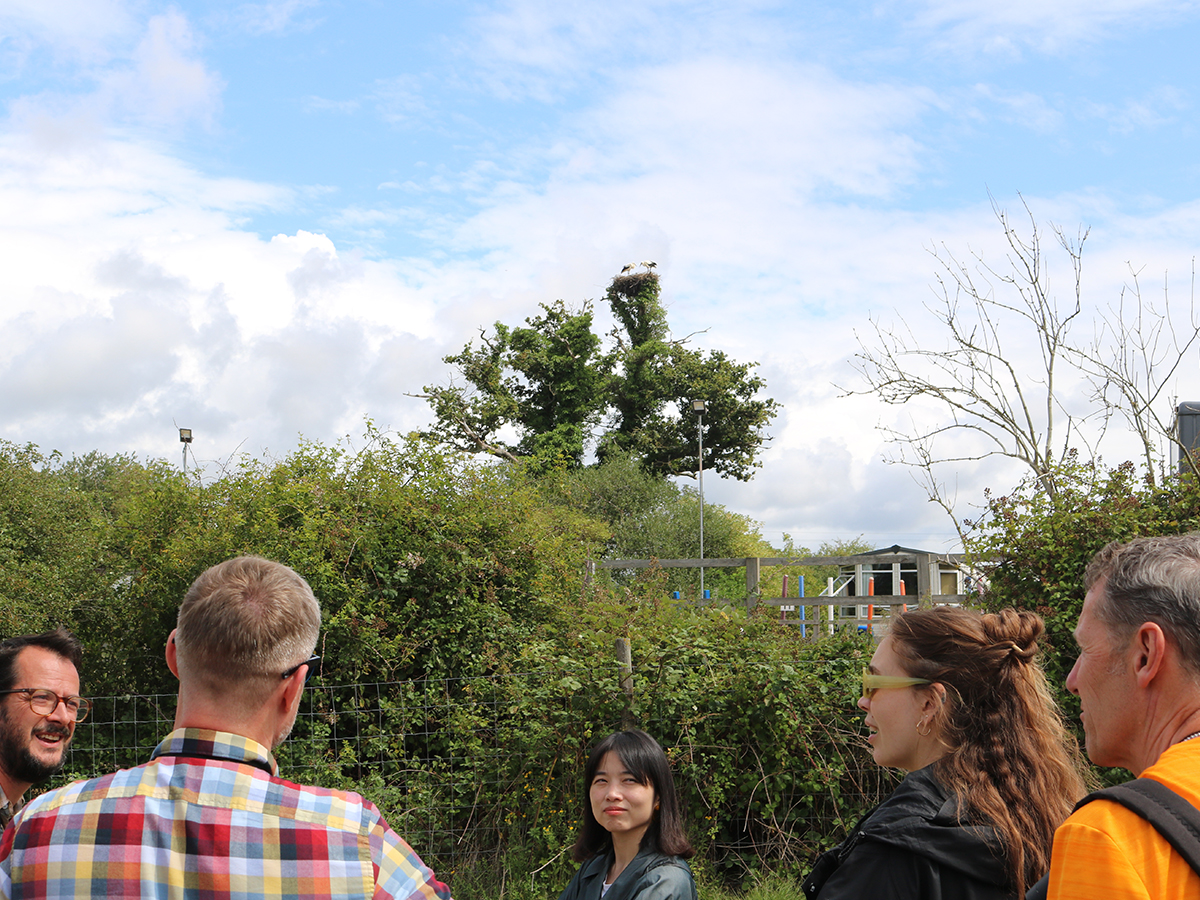
We were met by the estate owner – Charlie Burrell – who introduced the history of Knepp, particularly its transformation from working agriculturally – starting in 2001- with a decision to introduce rewilding processes on the estate. Initially herds and machinery were sold off to fund the project clearing outstanding debts. Charlie set his new vision for the estate, through the academia of Dr Frans Vera (Grazing Ecology and Forest History) thus setting in motion a shift towards grazing animals being fundamental and necessary force of natural disturbance. The combined actions of grazing animals, including trampling, puddling, rootling, rubbing, snapping branches, and de-barking trees, along with their remarkable ability to transfer nutrients and disperse seeds across extensive areas, would have created a dynamic and intricate patchwork of habitats.
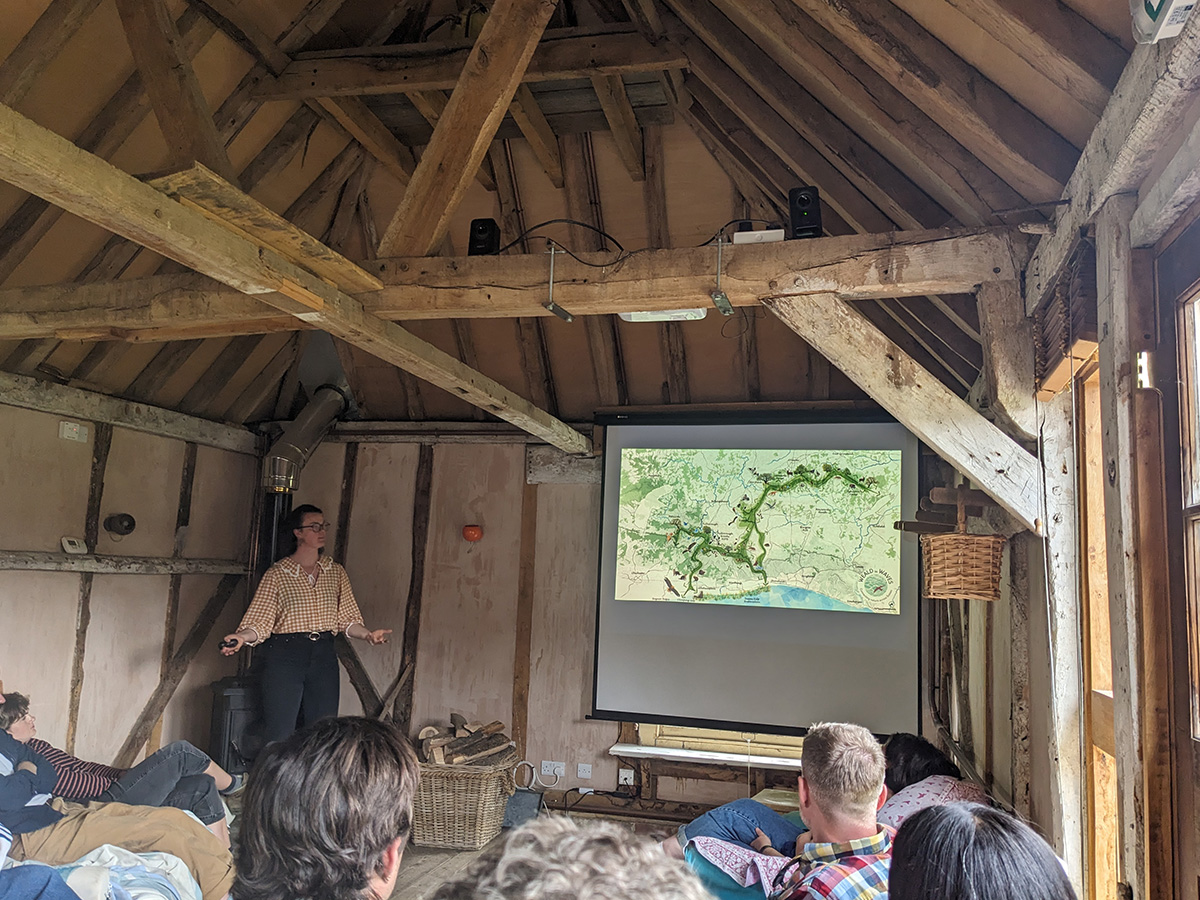
After the introduction, we headed into the wildlands to try to spot the wildlife amongst the expansive grasslands, meandering waterways, ancient woodlands, and lush wetlands, which all contribute to the mosaic of life that thrives within its boundaries. Herds of free-roaming animals, such as fallow deer, longhorn cattle, Exmoor ponies and Tamworth pigs, graze the land, playing an essential role in shaping the landscape, mimicking the significant role large herbivores used to play. Rare and endangered species have found refuge here such as Nightingales and Turtle Doves adding to the estate’s importance as a conservation hotspot.
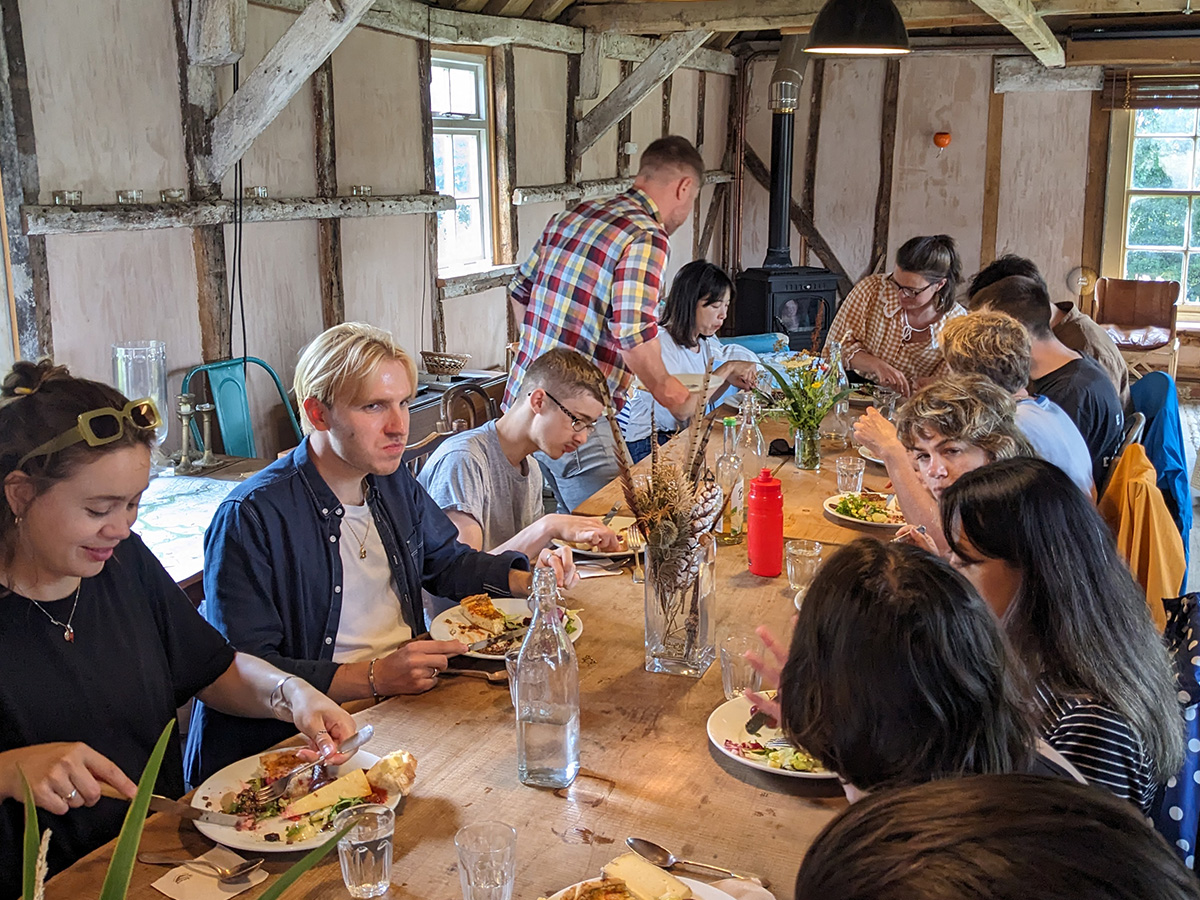
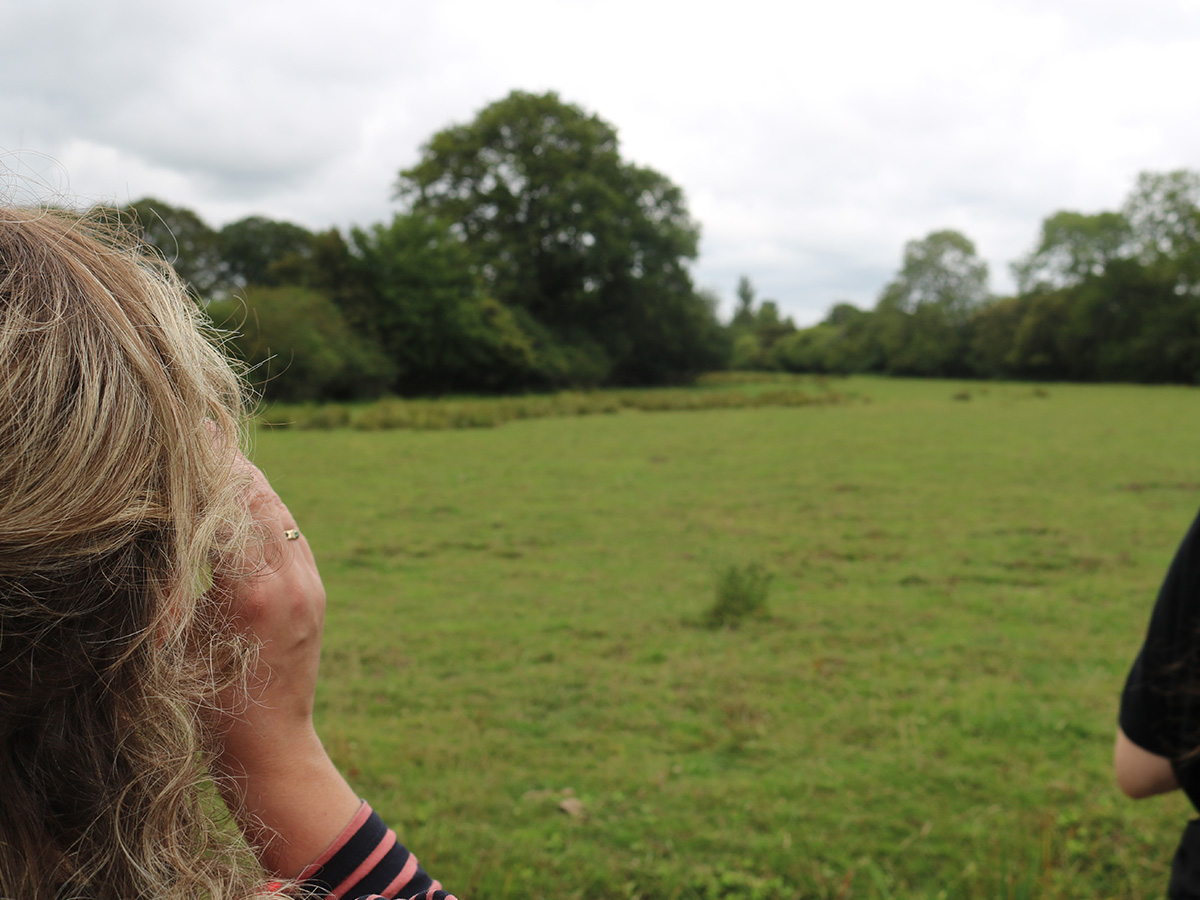
Birdwatchers are in for a treat, as Knepp Estate is a paradise for avian enthusiasts, offering glimpses of soaring raptors, melodious songbirds, majestic white storks and waterfowl nesting in the tranquil ponds. Knepp Estate stands as a living testament to the potential of rewilding, inspiring the world with its story of rejuvenation and ecological revival. As visitors explore this magical realm, they cannot help but be captivated by the beauty of nature’s resilience and the hope it brings for a brighter, wilder future.
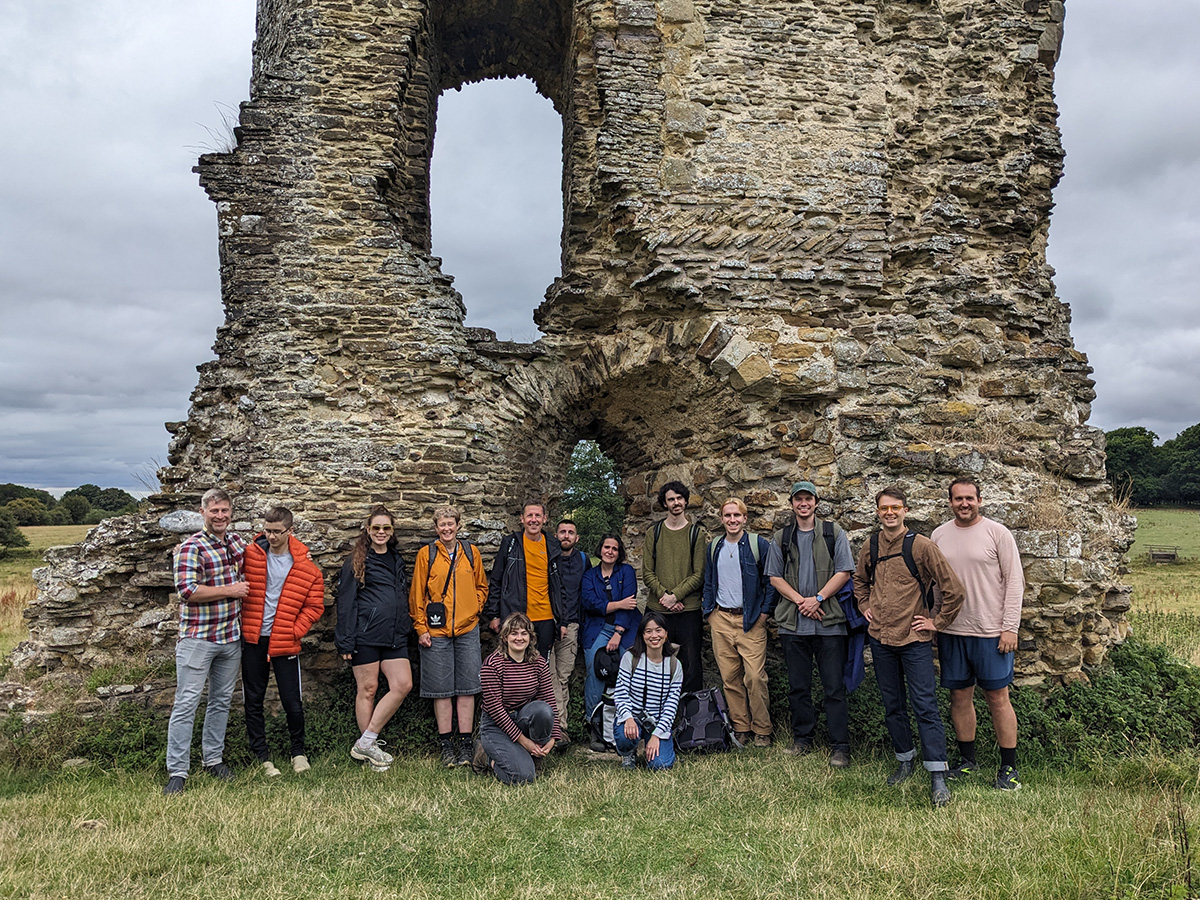
Sketchbook
Around the office, we have begun using Midjourney, an innovative AI tool, by transforming the process of creating design concepts. This software harnesses the power of artificial intelligence (AI) to generate customised images that illustrate landscape concepts relatively effectively. Below you will find some of our initial explorations:
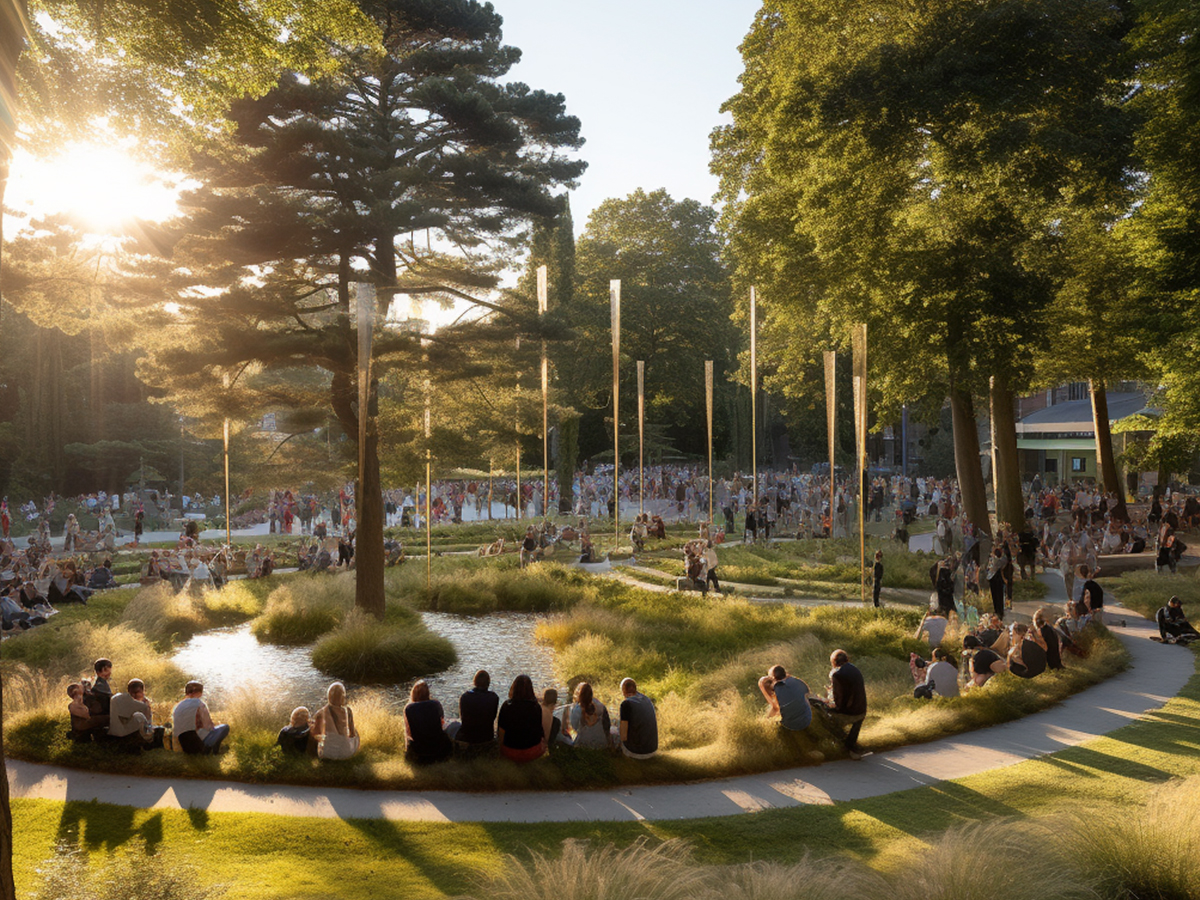
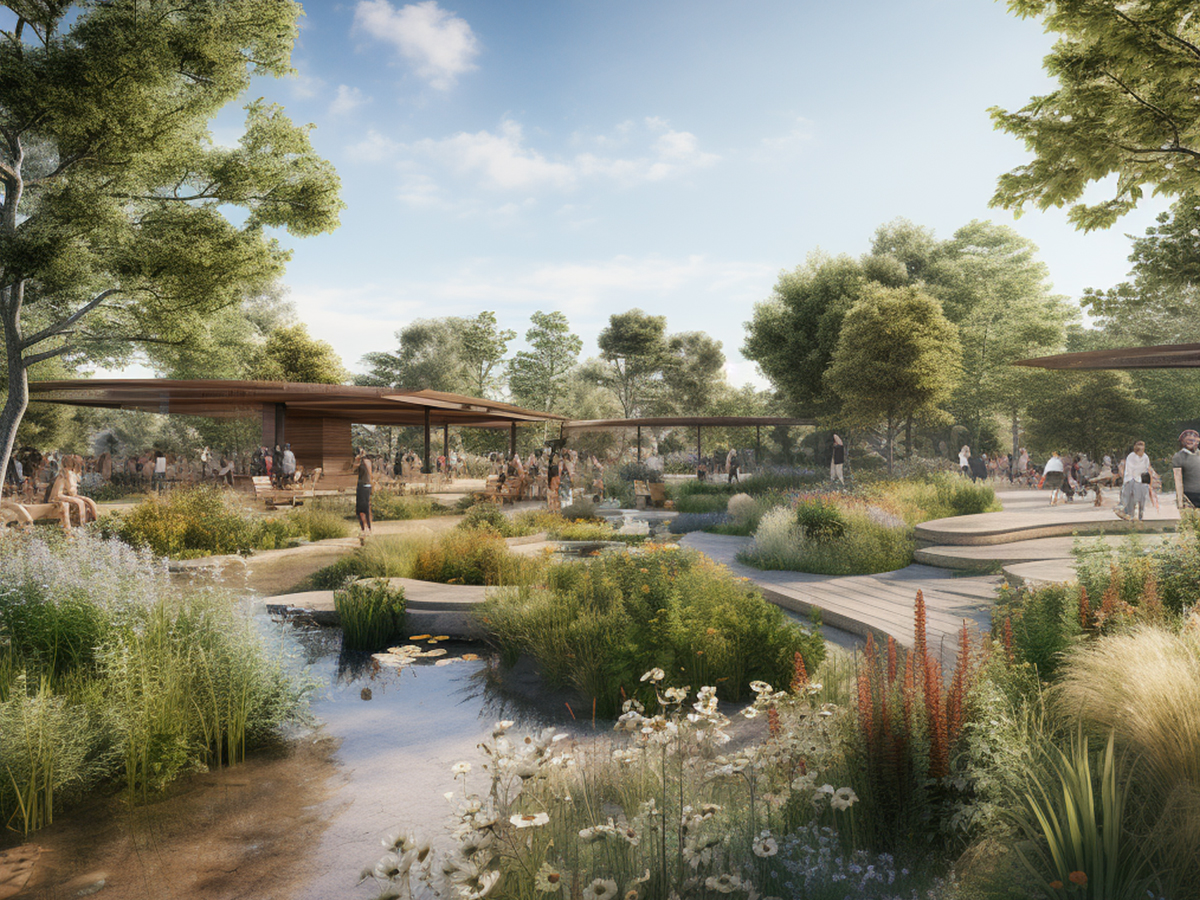
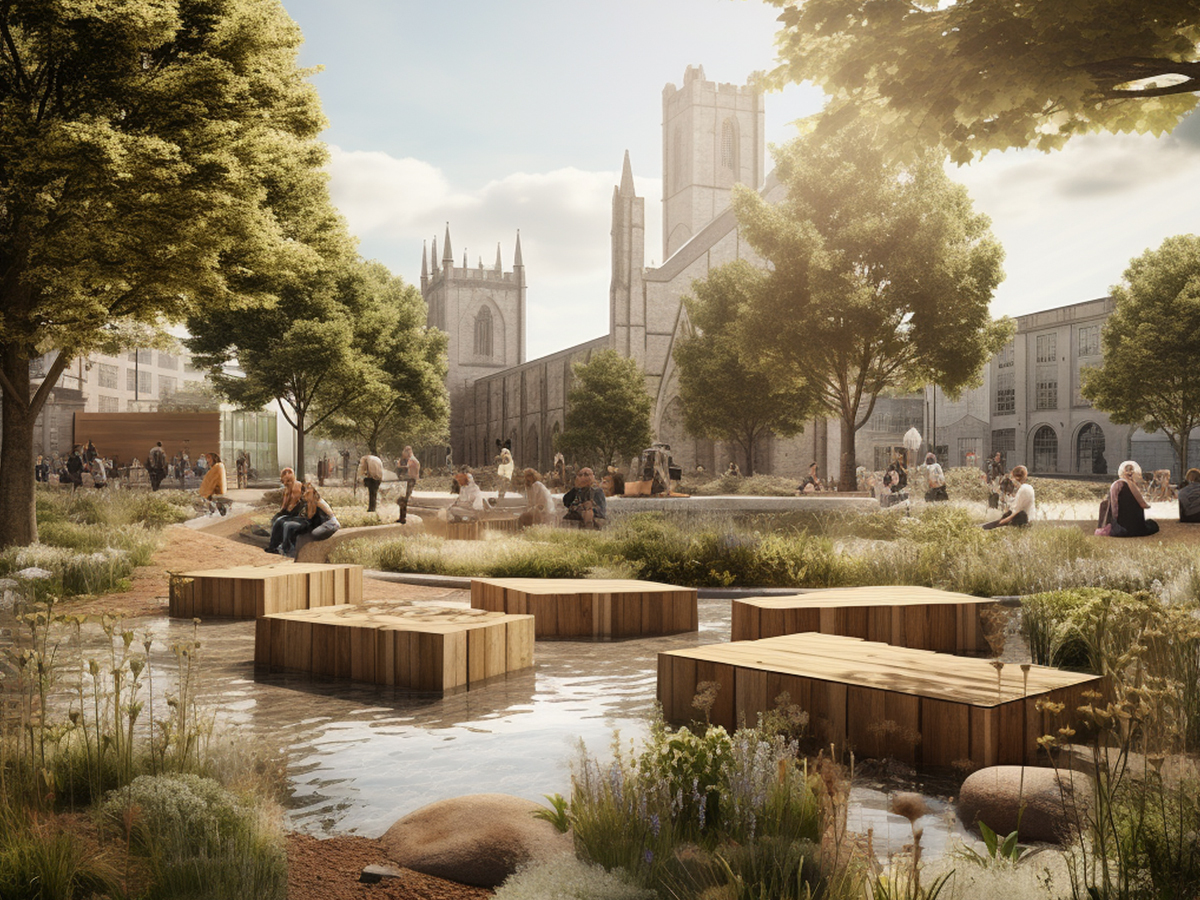
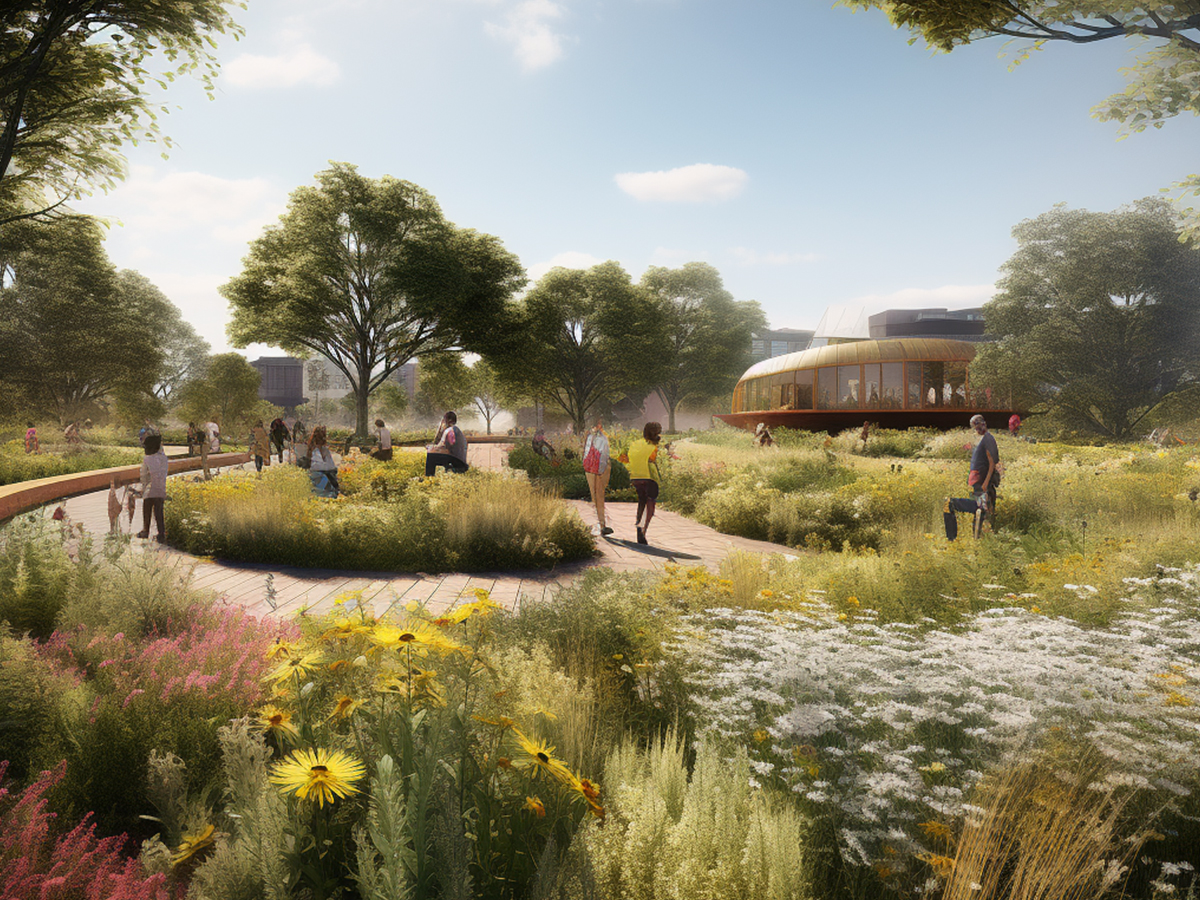
Plants of the Month
We are always trying to expand our planting knowledge as a studio and share the wealth of knowledge we already have. Here are a few plants we particularly like that have been discussed by members of our team at our weekly staff meetings.
Our first plant was brought to us this month by Frankie, Carpobrotus Edulis. Unknown to Frankie before visiting our coastal project – Folkestone Seafront – the sour fig or Ice plant, was spotted by Frankie’s keen eyes in the Lower Leas Coastal Park. Keen to find out more, she told us of its invasive nature and use in creams and lotions. It can also play a role in forest fire prevention due to its high water content.
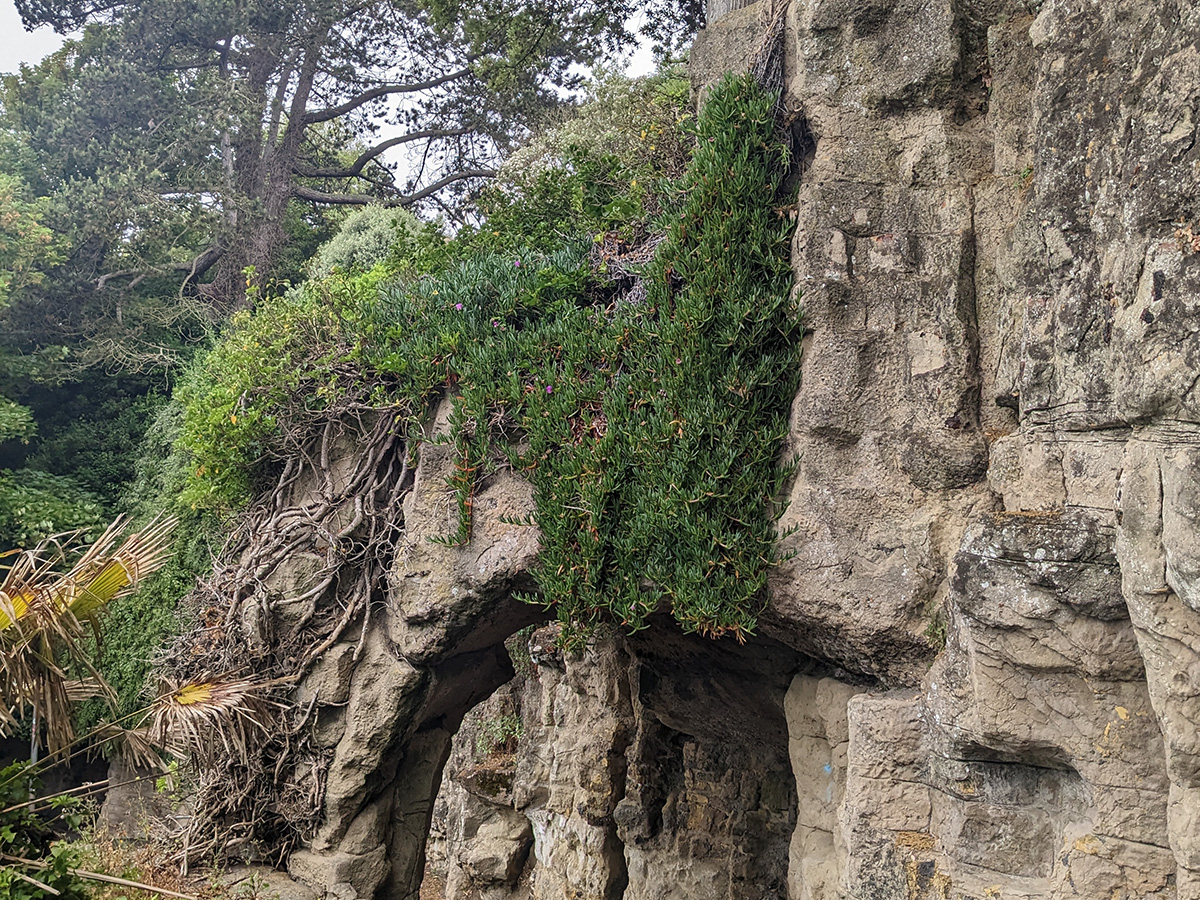
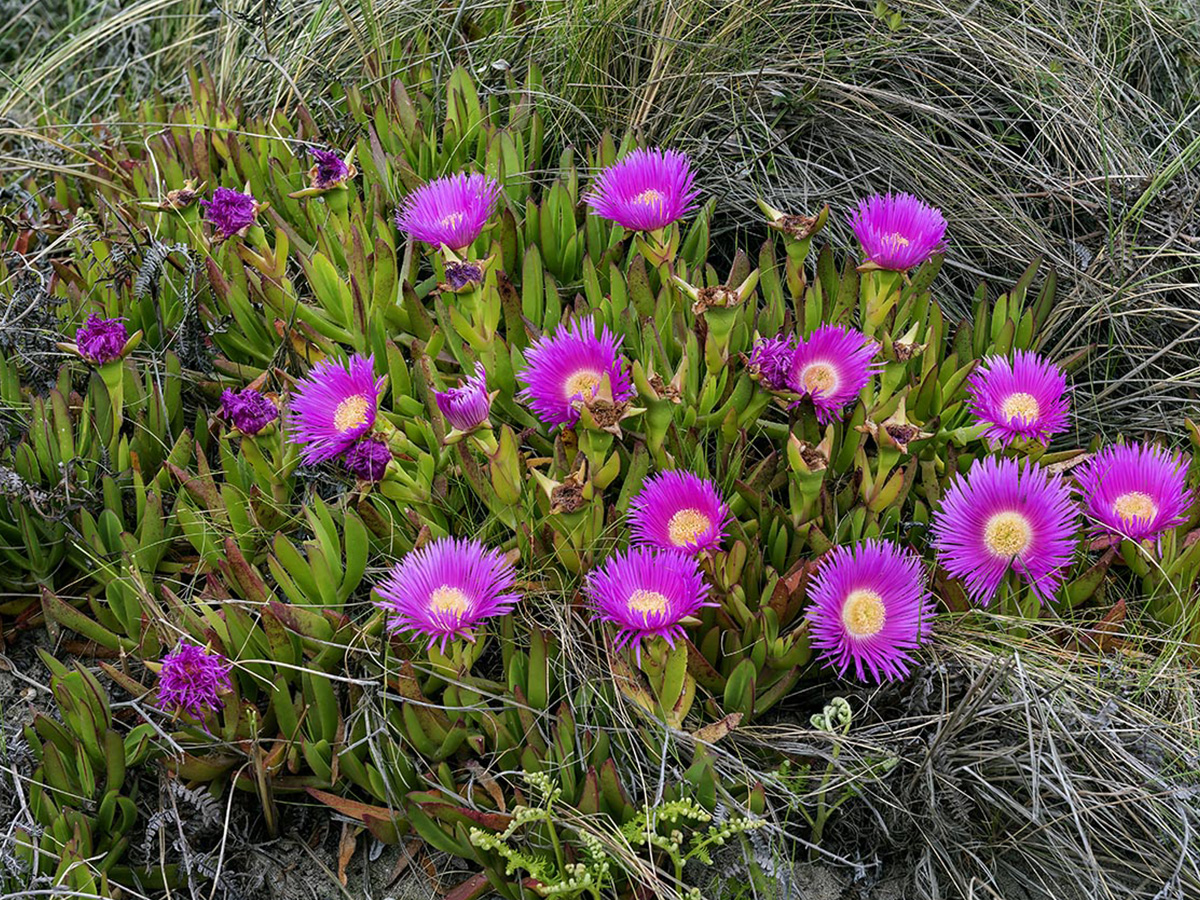
Next, we had a tree from Rosie, which caught us all off guard. Paulownia tomentosa, – native to Asia – this fast growing deciduous street tree can grow over 2.5m in one season and is pretty great at capturing carbon – 10x as much as some of the our own street trees. The trees can be deceptive as their shrub form displays huge oval leaves as opposed to the pink foxglove flowers commonly seen in their tree form.
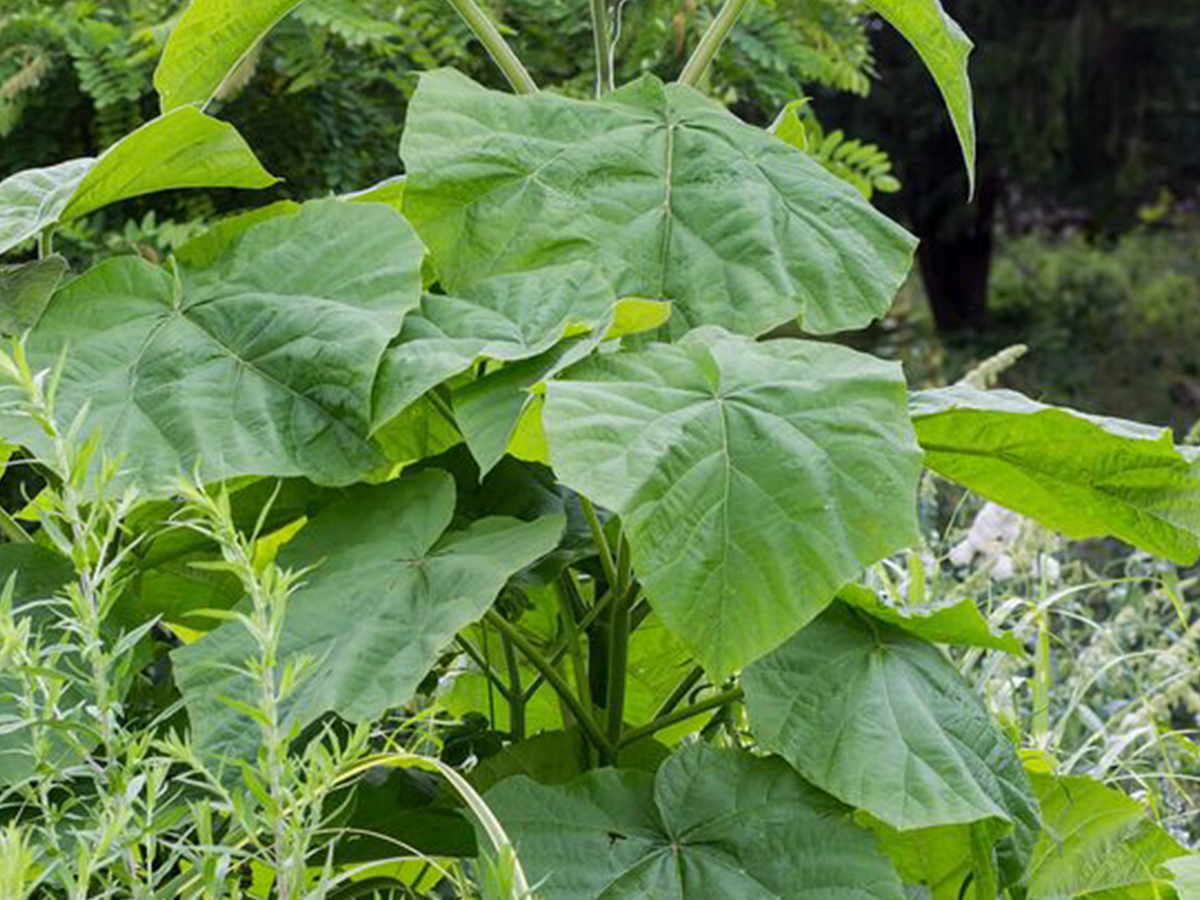
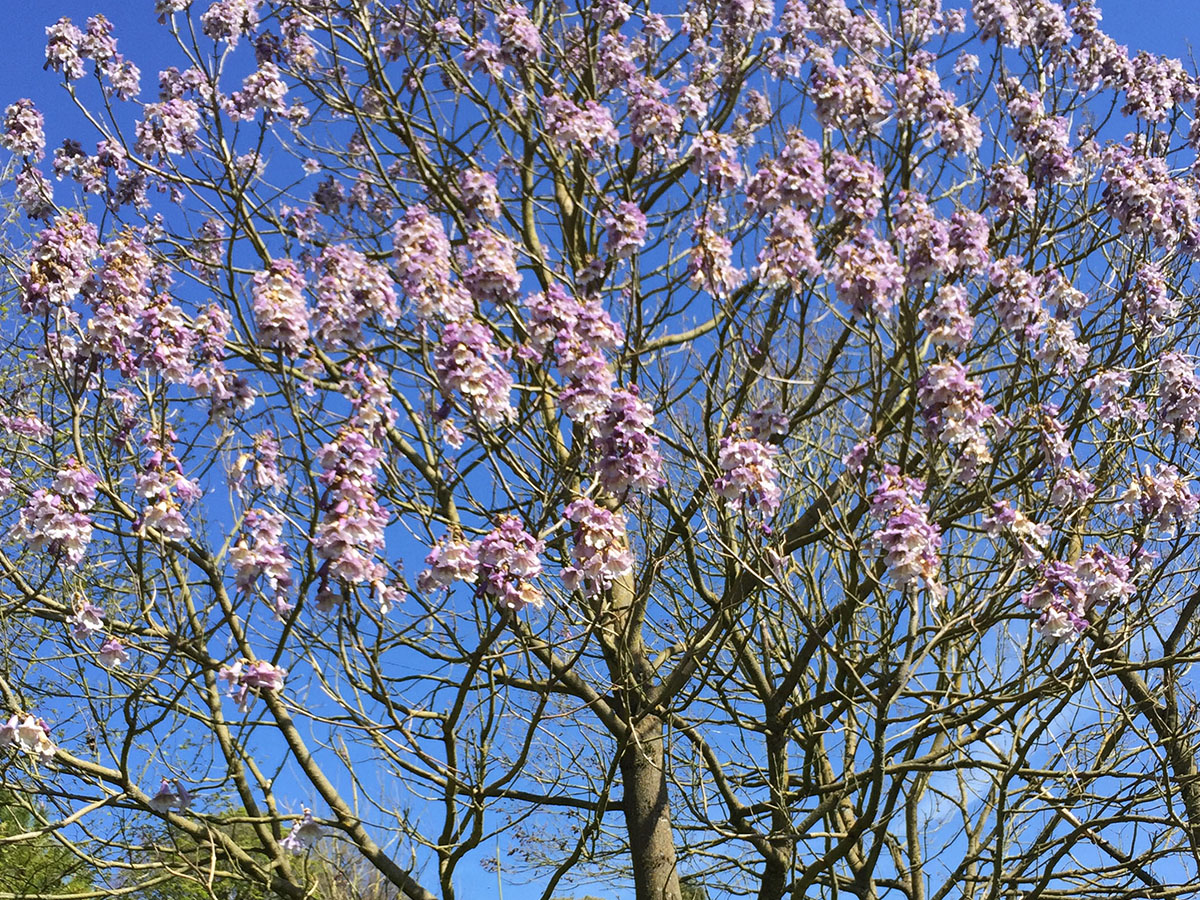
Cristina brought us – Amaranthus caudatus that of course (as it is from Cristina, our resident medicinal mother) is edible, – our final plant this month. Records of this annual flowering plant exist from at least Aztec and Mayan texts, where the plant was used as a valuable source of food and medicine. Considered sacred and used within their religious rites, this plant is of great importance believing that it gave strength to those that ate it. Nowadays, rather than being used before a human sacrifice, Cristina would prefer to use it in a ‘Risotto –like’ dish with some mushroom, which leaves a spinach like taste in one’s mouth.
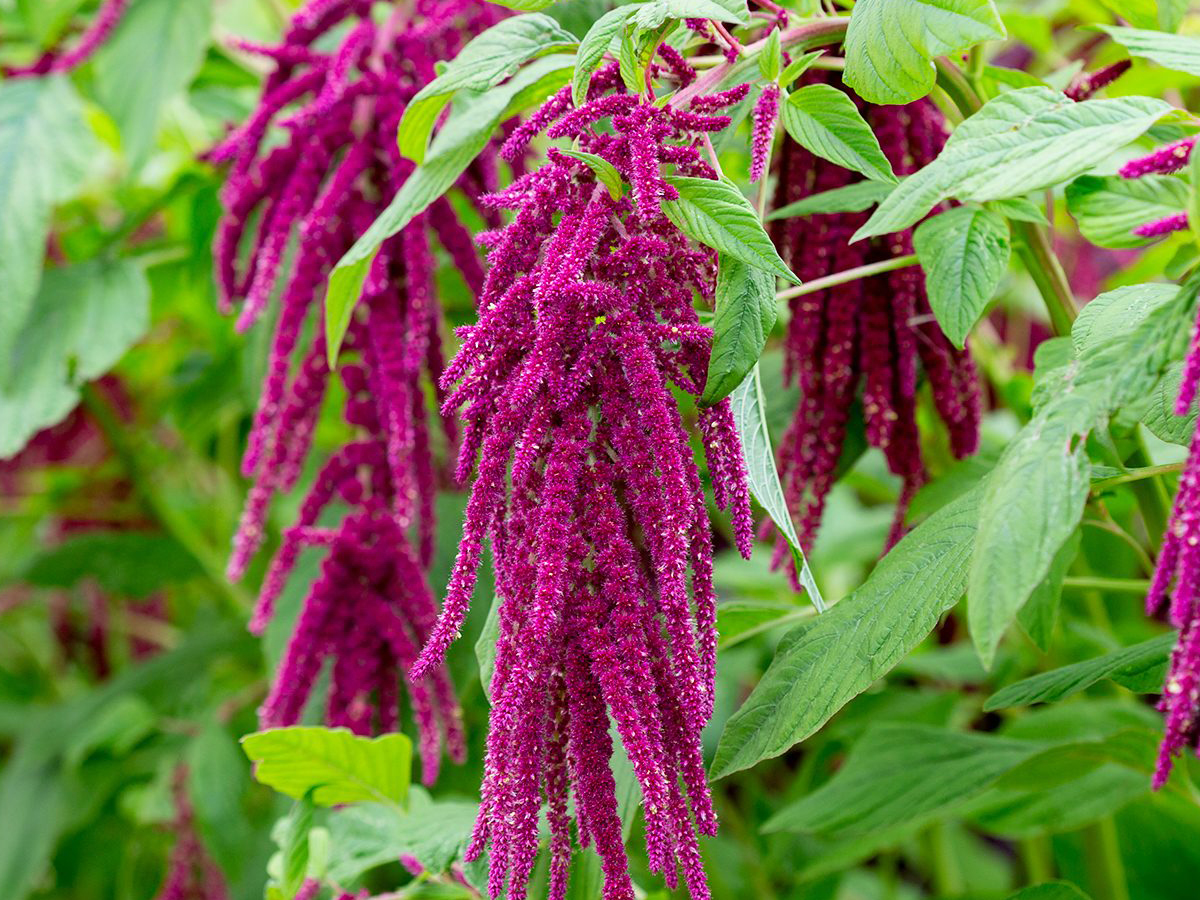
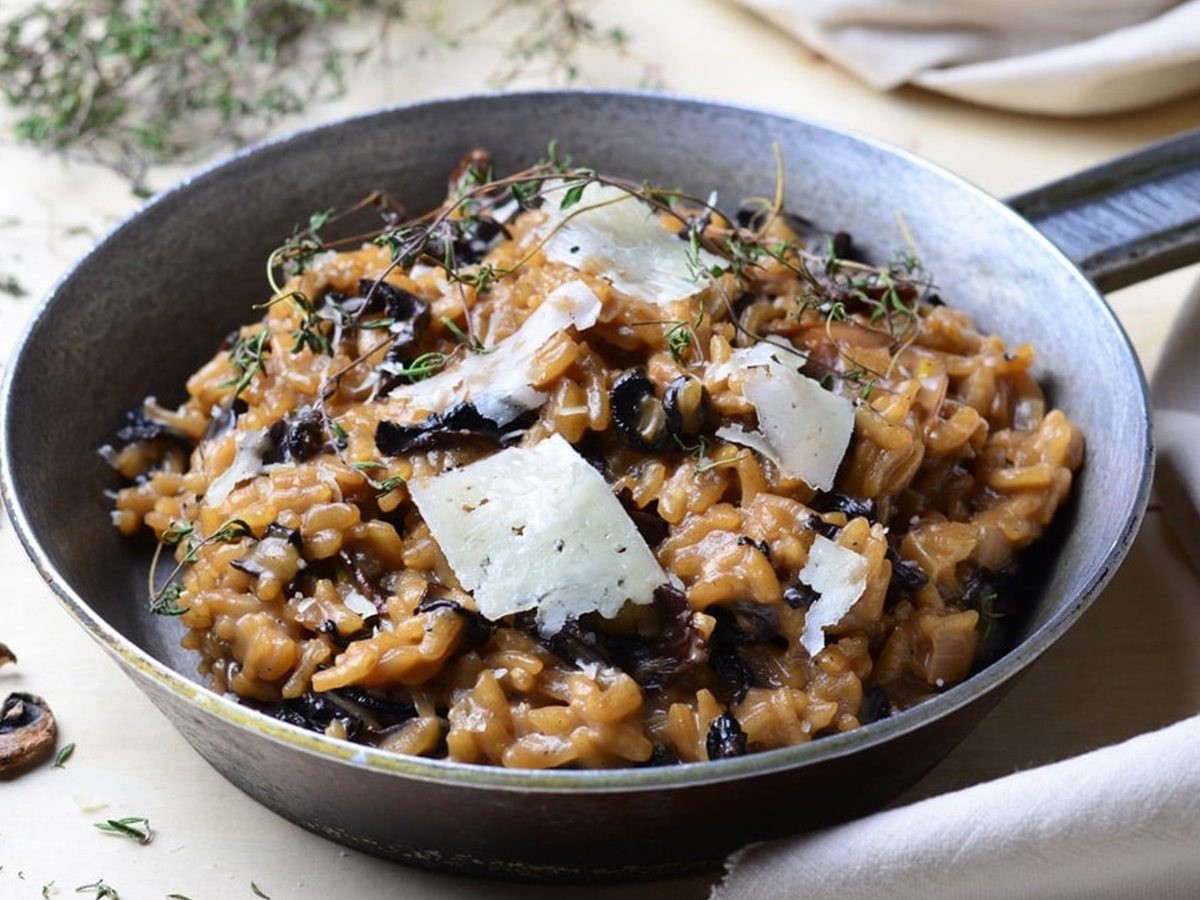
Out of work – Show & Tell
John Little – Summer workshop
Our colleague Henry had the privilege of visiting John Little’s brownfield construction experimental garden. In 1998, John embarked on his journey, aiming to bring wild landscapes into public spaces and schools. He has since revolutionised the concept of rooftop spaces, experimenting with various soil types, depths, wetland roofs, partly vegetated roofs, and creating habitats for invertebrates. In his garden, you can find an extensive array of diverse landscape elements, including brownfield gardens, three ponds, lush grass meadows, wooded copses, flourishing trees, and thriving scrub.
Hilldrop garden, found in Horndon‐on‐the‐Hill, Essex displays the importance in having a variety of structural features, such as biodiverse green roofs and the use of recycled mineral aggregates as a growing media, effectively simulating conditions commonly found on brownfield sites.
Additionally, crushed construction waste, comprising ceramics, concrete, brick, and a mixture of general demolition waste, is used – these recycled materials are carefully crushed, graded, and screened, often with the option to wash to remove fines and dust. Furthermore, the garden integrates other industrial waste products, such as chalk, derived from sugar beet production, along with crushed asphalt and coal.
Plant diversity on the site has simply exploded and as John collaborates with entomologist James McGill who recently conducted a survey of the space, identifying and lots of solitary bee habitats.
Choosing appropriate plants for the specific environment can result in long-lasting and self-sustaining plantings without the need for irrigation. The challenging conditions of the nutrient-poor environment foster a diverse range of plant communities, greatly benefiting wildlife. These advantages render this planting method significantly more manageable and sustainable over the long run.
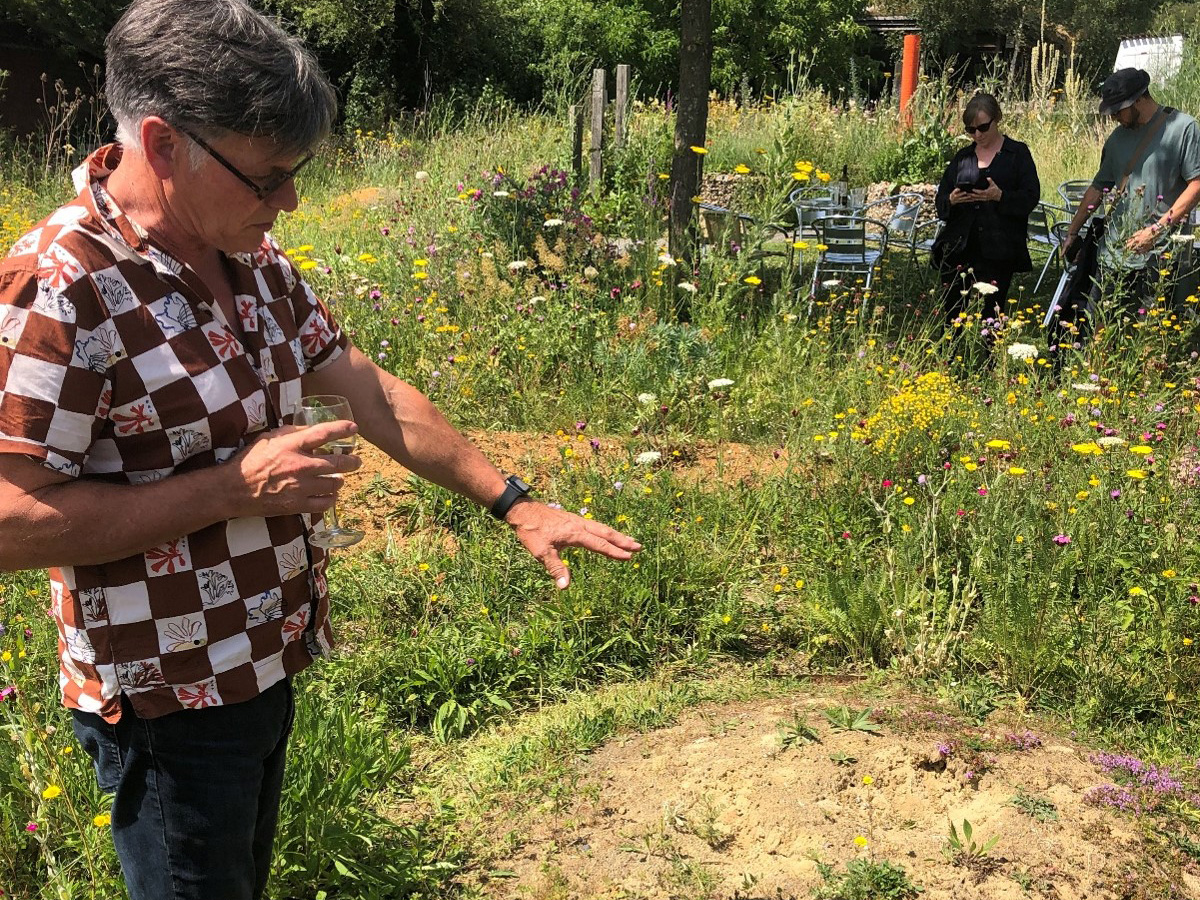
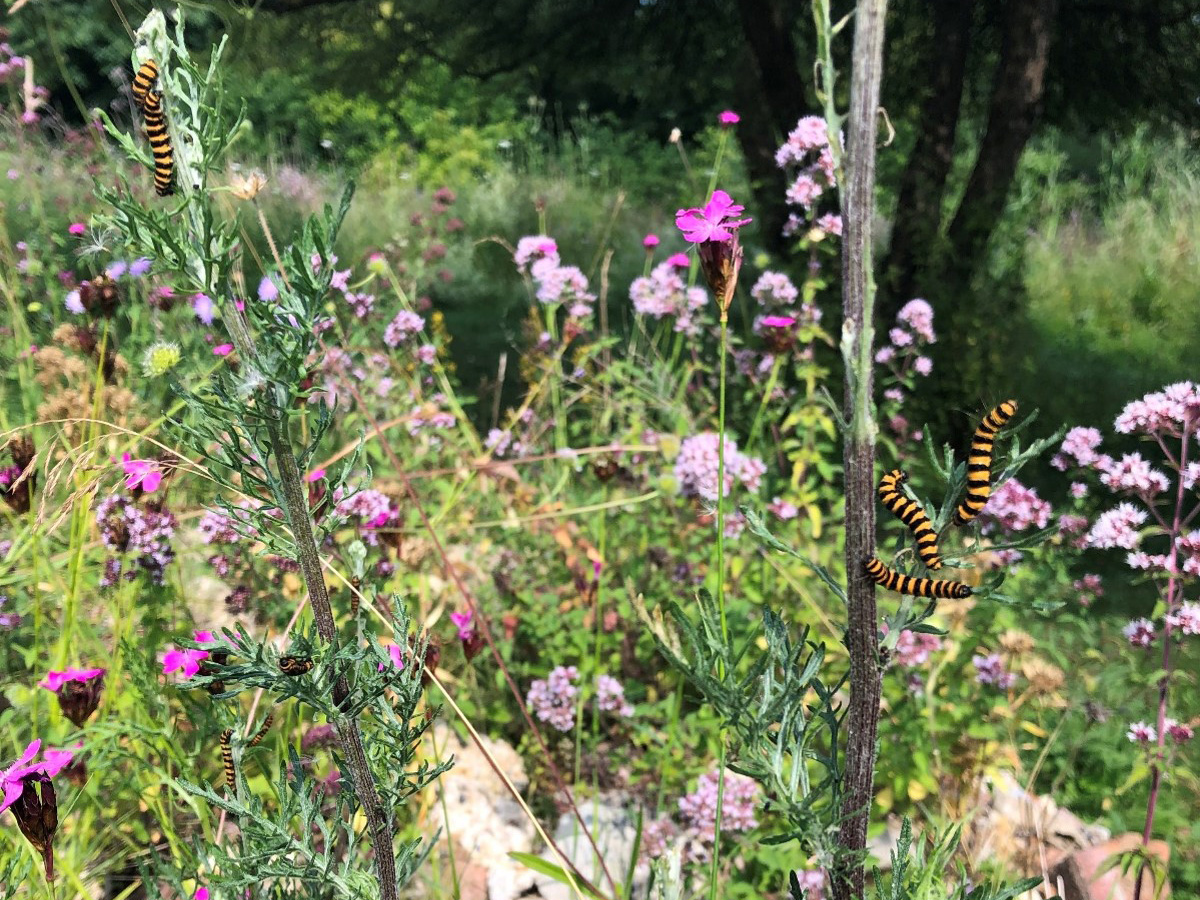
Goodbye to Ian!
This month we said a heartfelt goodbye to our colleague Ian. Ian has been an invaluable member of our little team, a gifted creative designer and friend to us all. We wish him all the best in his next endeavours working with Lewisham Council but we all know we will see him at that pub next Friday!
